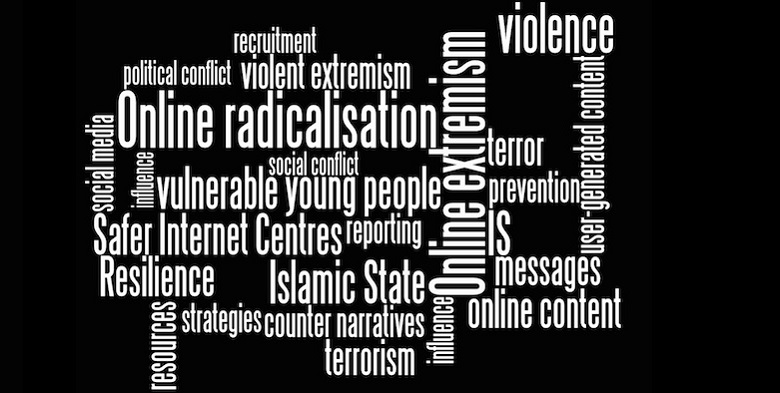
Prevent – a fight against terrorism or a source to judgement?
by Anna Lindbach
As a part of the UK government’s counter terrorism strategy, they released a Prevent strategy, taking the fight against terrorism from the government and police and into every work place. Is the Prevent strategy an effective strategy against the threat of terrorism and radicalisation?
Will Baldet, working as a prevent coordinator, recently wrote in The Guardian that he feels the criticism of Prevent is misplaced. According to him, responding to radicalisation by looking for risk factors in areas where radicalisation is likely to happen is the same as recognizing risk factors for all other kinds of safe guarding. He states that: “Prevent mirrors the same approach used so successfully by other types of safeguarding”. There are two mayor underlining issues to address in this article and how it approaches the Prevent strategy. Firstly, the definitions given by the UK government to radicalisation and extremism makes it difficult for normal people to “prevent” and report potential terrorists. Also, what the author is not mentioning, but still is a problem, is the way Prevent is set up to work with its strategies starting with terrorism and ending with radicalisation.
However, the author fails to actually answer to the criticism that sociologists have offered to Prevent. The main issue is the way he compares and simplifies radicalisation amongst the youth to be as every other criminal act. As Baldet also states in his article, Prevent has three strategic aims: To respond to the ideological challenge, prevent and to work with sectors. The idea is to instruct schools and other work places to look for radical and extremist behaviour. The definition of extremism given by the government is “as vocal or active opposition to fundamental British values, including democracy, the rule of law, individual liberty and mutual respect and tolerance of different faiths and beliefs”. As Sedgwick points out in his article “The Concept of Radicalization as a source of Confusion”, the numerous and imprecise definitions of radical and radicalisation offers a big problem to the process of fighting radicalisation. The relative sense of radicalisation is defined as “representing or supporting an extreme section of a party (Oxford)”. The problem with such unclear definitions and that Baldet doesn’t mention in his article is how school teachers, leaders and managers are supposed to know when it is radical and might be dangerous to the society, when it is radical but harmless or when it is simply different from the norm.
Another issue that needs to be addressed in regards to Prevent is its way of working backwards to find the individual root causes of radicalism and terrorism. The Prevent strategy is using a model presenting different factors that have previously lead to and that may lead to radicalism and terrorism that everyday people should be aware of. Arun Kundani argues that “Rather than providing governments with a full analysis of the causes of ‘home-grown’ terrorism, thinktanks and terrorism studies departments (which had been established in universities after 9/11 to attract new government funding for national security research) began to model the process by which an individual was thought to become a supporter of the extremist ideologies assumed to lie behind terrorist violence.” In other words, instead of taking the threat as terrorism and radicalisation and looking at it as a full picture, the Prevent strategy and other national policies have a tendency of taking the individual factors which may lead to terrorism to create a picture of a terrorist. The danger of this is an increased suspicion around especially Muslim communities, as they share parts of religion with Islamist terrorists and is seen as radicals even if they do not support any form of violence and practise their religion in a non-violent way. Instead of focusing on the full picture of extremism such as injustice towards a minority which may lead to radicalisation and the feeling of “us vs them”, the Prevent programme works its way backwards from a person who has already become a terrorist to find the individual root causes of radicalism to create a stereotype which may end up being dangerous and create a stigma.
In conclusion, while the Prevent programme tries to fight radicalism and terrorism, it is important to acknowledge that radicalisation cannot be treated like other social issues because of its broad and unclear. Another issue is the way Prevent is pointing out and looking for individual factors which creates an increased suspicion towards minorities in a society based on the few factors they share with terrorists such as religion.
References
Kundnani, A. (2012). Radicalisation: the journey of a concept. Race & Class, 54(2), pp.3-25.
Sedgwick, M. (2010). The Concept of Radicalization as a Source of Confusion. Terrorism and Political Violence, 22(4), pp.479-494.

0 Comments